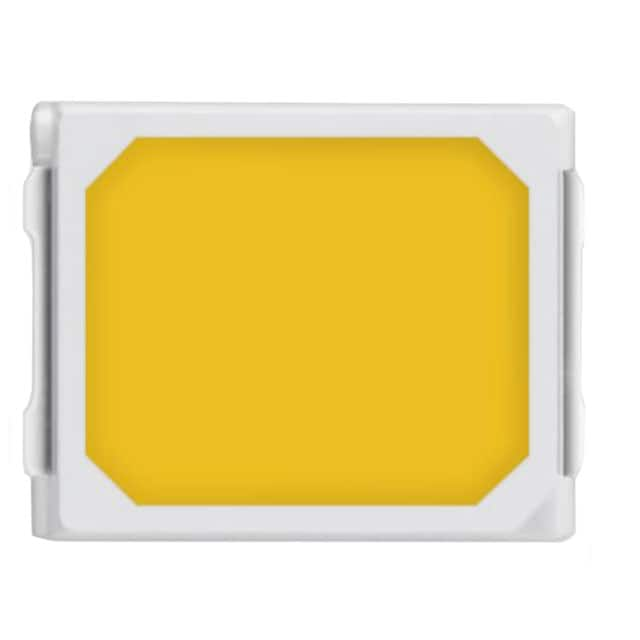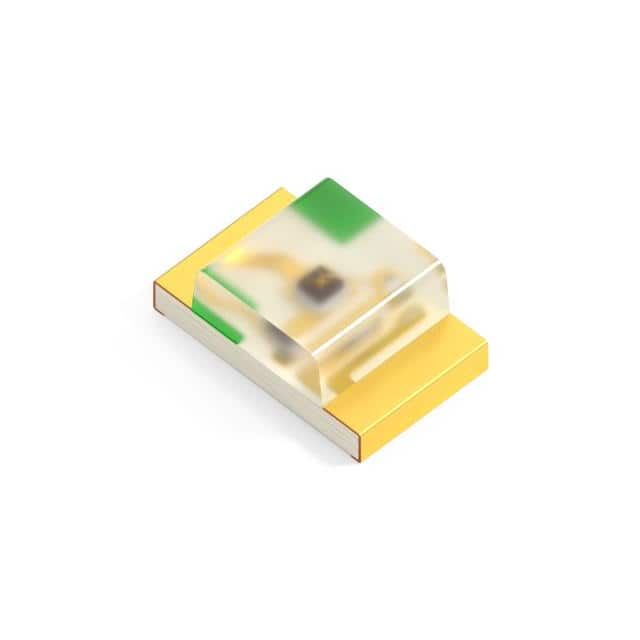Ⅰ. Optoelectronics
Ⅱ. Electrical Characteristics of Optoelectronics
Optoelectronics is a branch of electronics that deals with the interaction between light and electrical signals. It involves the study and application of devices and systems that use light or photons to perform various functions, such as generating, transmitting, detecting, and controlling electrical signals. Optoelectronics has a wide range of applications, including telecommunications, data communications, optical storage, sensing, lighting, and displays.

Optoelectronic devices typically use semiconductors, such as gallium arsenide (GaAs), indium phosphide (InP), or silicon (Si), to generate, detect, or manipulate light. These devices can be classified into three categories based on their functionality:
Light emitters: These devices generate light when a voltage is applied, such as light-emitting diodes (LEDs), laser diodes (LDs), and organic light-emitting diodes (OLEDs).
Light detectors: These devices convert light signals into electrical signals, such as photodiodes, phototransistors, and avalanche photodiodes (APDs).
Optical modulators: These devices control the intensity, phase, or polarization of light signals, such as electro-optic modulators, acousto-optic modulators, and magneto-optic modulators.

Optoelectronics has revolutionized modern communication by enabling high-speed and high-bandwidth data transmission over long distances through optical fibers. It has also led to advancements in sensing and imaging technologies, such as infrared and night vision cameras, medical imaging devices, and remote sensing systems. In addition, optoelectronics has transformed lighting technology with the development of energy-efficient LED lighting solutions.
Optoelectronics has had a significant impact on many fields and continues to drive innovation and development in various applications.
Electrical Characteristics of Optoelectronics
The electrical characteristics of optoelectronic devices play a crucial role in their performance and functionality. Some of the important electrical characteristics of optoelectronics include:
Voltage and current requirements:Optoelectronic devices require specific voltage and current levels to operate within their specified performance range.The voltage and current levels depend on the device's design and application.For example, LEDs require a forward voltage to turn on, while photodiodes require a reverse bias voltage to operate.
Impedance: Optoelectronic devices have an impedance that determines the amount of electrical signal that can be transmitted or detected. The impedance depends on the device's design and material properties. For example, photodiodes typically have a high impedance, while LEDs have a low impedance.
Noise: Optoelectronic devices may generate or be affected by electrical noise, which can affect their performance and accuracy. The noise can be characterized by parameters such as the noise figure or the equivalent input noise current. Devices with low noise are more suitable for high-sensitivity applications or low-light conditions.
Bandwidth: The bandwidth of optoelectronic devices determines their ability to transmit or detect high-frequency optical signals.The bandwidth depends on the device's design, material properties, and packaging. Devices with higher bandwidth are more suitable for high-speed optical communications.
Linearity: Optoelectronic devices may exhibit non-linear behavior, which can affect their accuracy and performance.The linearity can be characterized by parameters such as the third-order intercept point (IP3) or the distortion factor.Devices with higher linearity are more suitable for applications that require accurate signal detection or generation.
Power consumption: Optoelectronic devices may consume electrical power, which can affect the overall power budget of the system.The power consumption depends on the device's design, material properties, and operating conditions.Devices with lower power consumption are more suitable for applications that require energy efficiency or battery-powered operation.
The electrical characteristics of optoelectronic devices are important to consider when selecting and designing systems that use them. Understanding the voltage and current requirements, impedance, noise, bandwidth, linearity, and power consumption of optoelectronics can help ensure that they operate reliably and meet the system's performance specifications. It is important to consult with the manufacturer's specifications and design guidelines when selecting and integrating optoelectronics into systems.
Tags:optoelectronics



